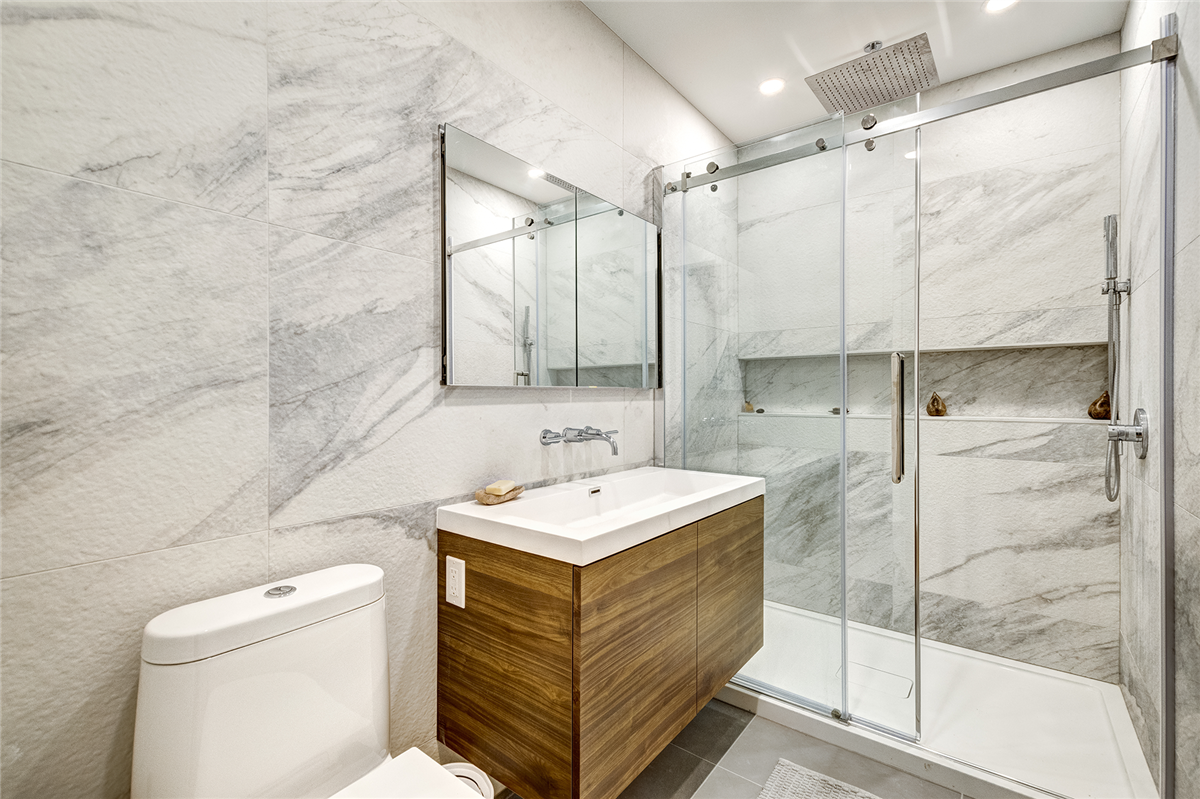It's likely that your next green home remodeling project will involve the moment of truth when you compare your wish list with your wish I had more money list.
By going green, you're obviously trying to be responsible. But you're also trying to be practical and keep your costs in check. You shouldn't be punished for doing the right thing, after all. When something on your wish list has to go or be pared back, it pays to do everything you can to preserve your plans for energy-efficiency.
Although more expensive, it wouldn't be difficult to argue that everyone should make the worthwhile investment in energy-efficient windows. There are, however, 10 extenuating conditions and situations that make such an investment even more necessary if not urgent.
If any of the following apply to you, your guiding question should quickly change from “Can I afford widows that are energy-efficient?” to “Can I afford not to include them in my green home remodeling project?”
Window Science
At this juncture, it might help to revisit what distinguishes widows that are energy-efficient from those that aren't. You thankfully don't need an advanced degree in engineering because the U.S. Department of Energy makes the distinction simple and straightforward: “A window's energy efficiency is dependent upon all of its components. Window frames conduct heat, contributing to a window's overall energy efficiency, particularly its U-factor. Glazing or glass technologies have become very sophisticated, and designers often specify different types of glazing or glass for different windows, based on orientation, climate, building design, etc.”
Another distinguishing characteristic of energy-efficient windows is how they operate. When you remember that a window is created after cutting a whole into an outside wall, you can understand why even a tiny amount of air leakage is inevitable. But some window types leak more air than others, based on how they function. For example:
Awning windows are anchored (or hinged) along the top and open outward. The sash, which holds the window in place, closes when it is pressed against the frame. This sealing effect explains why awning windows generally leak less air than sliding windows.
Casement windows are similar to awnings, except that they are anchored (or hinged) at the side.
Fixed windows are the windows of choice for office buildings and especially high rises. As the name implies, the panes don't open. Fixed windows are about as airtight a window as you can find, assuming they're expertly installed.
Hopper windows, anchored (or hinged) at the bottom, open toward you. They too leak very little air because the sash presses against the frame.
Only the bottom sash slides up in a single-hung window; both sashes slide up and down in a double-hung window. Both types of windows generally leak more air than projecting and hinged windows.
Only one sash slides sideways in a single, double-sliding window; both sashes slide sideways in a double-sliding window. They too tend to leak more air than projecting and hinged windows.
It pays to assess these choices with care. About half of your energy bill goes to heating and cooling your home. Unfortunately, the average homeowner watches about 30 percent of the warm and cool air they're paying for go right out the window. In terms of the financial investment, windows that are energy-efficient can pay for themselves in between two to ten years.
Heed the Signs
With a greater appreciation for what this type of window can add to your green home remodeling project, you'll now want to consider the 10 signs that just might make your decision as clear as glass:
Your home has scored poorly on an energy audit. Many audits include a blower door test, which pinpoints precisely where your home is losing energy. A disappointing audit is an eye-opener if there ever was one, and windows are a common culprit.
Your energy bills have been steadily escalating, despite your concerted efforts to conserve energy. In the absence of an audit, out-of-control energy bills are often a sign that those once wide open holes in the wall aren't covered as well as they could be with high-efficiency windows.
Certain rooms in your home are particularly drafty. Here is where things can get a little tricky and a careful evaluation is worthwhile. Many factors contribute to a home's air-tightness, including how it is situated on a lot and the presence (or lack of) landscaping. Windows that face north or south often deteriorate faster than east-west windows. But in climates where windows can practically bake in the sun, this rule of thumb is reversed. A smart green home remodeling strategy might lead you to install one type of window in one region of your home and a different type of window in another.
Moisture and/or condensation accumulates on certain windows in your home. Here too it pays to expand the scope of your evaluation. For example, second-story windows might be more prone to moisture buildup because of factors that are either beyond your control (such as a steep roof line) or within your control to change (such as misaligned gutters).
Your windows are deteriorating or rotting. While this condition often forces the hands of many homeowners in the course of a green home remodeling project, it's also an opportunity. For example, two shabby side-by-side windows can be replaced with a single, energy saving window that provides a better view or more light.
You have single-pane glass windows. While common in many older homes, single-pane glass windows are energy wasters that can feel cold to the touch, develop frost and thus trigger condensation problems that can lead to the manifestation of mold.
You still depend on storm windows. While they serve a useful purpose, storm windows are rendered obsolete with energy-efficient windows. And it's a safe bet you won't miss the annual routine of installing them, removing them, storing them and cleaning them.
Your windows are not secure. Air naturally escapes through windows that won't close properly. And windows that fail to lock properly present a safety hazard – two problems you can eliminate by erring on the side of energy-efficiency.
Your windows are difficult to operate. You shouldn't have to follow an instruction manual to open or close your windows. Nor should you struggle with windows that frequently get stuck. More than frustrating, windows that are difficult to operate also can jeopardize your safety if you ever need to exit your home quickly in an emergency.
Your windows fail to quell outdoor elements. If you live on a busy street, near a highway or in close proximity to an airport, then you might be surprised how energy-efficient windows can step up to the challenge of reducing outdoor noises. And if your window treatments, furniture, and carpet are fading, you can probably blame the proliferation of ultraviolet light. The best windows can block about 95 percent of the sun's harmful rays.
Now that you've seen the light regarding energy-efficient windows, you'll want to learn how you can incorporate them into your green home remodeling project. For guidance, turn to an expert who can help ensure that your wish list becomes a reality.
Subscribe to ProEdge Remodeling's Blog









